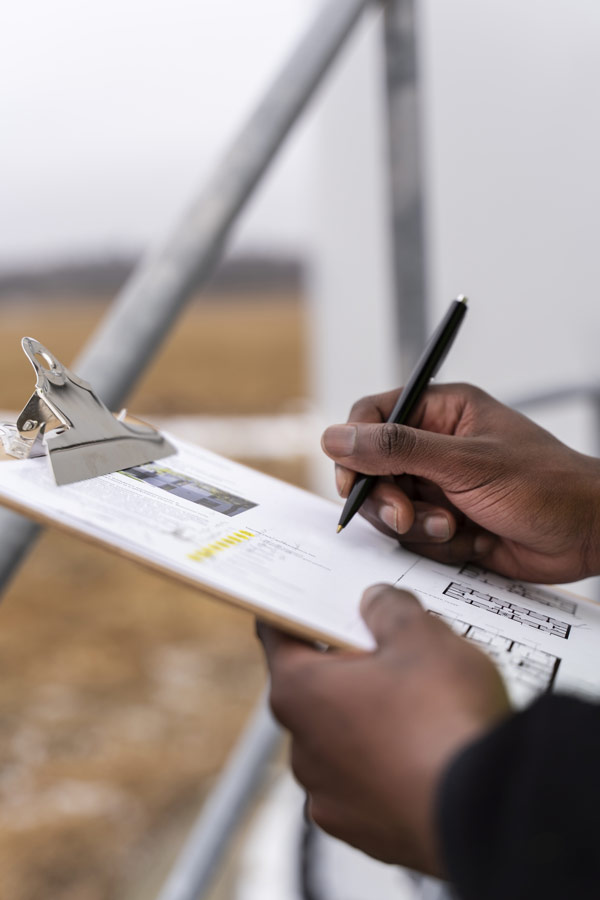Professional Lead Paint Removal Company-- Serving All NYC Boroughs
Wiki Article
Important Tools and Strategies for Reliable Lead Offense Cleaning
Attending to lead infractions efficiently necessitates a comprehensive strategy that mixes the right devices with calculated approaches. The initial step involves outfitting employees with Personal Safety Equipment (PPE) to secure their health and wellness. Concurrently, using specialized cleanup devices, such as HEPA vacuums and lead-specific cleaning agents, is crucial for thorough impurity removal. Effective control techniques, including plastic bed linen and unfavorable air pressure systems, are crucial to stop the spread of dangerous products. Moreover, safe disposal methods and strict adherence to governing guidelines make certain responsible handling of poisonous waste. What are the nuanced methods that truly make a difference?Personal Protective Devices
Individual safety equipment (PPE) is an important part in the effective administration of lead contamination clean-up. PPE functions as an essential obstacle, safeguarding workers from the dangerous impacts of lead direct exposure, which can lead to serious health and wellness effects. The crucial PPE for lead cleaning consists of respirators, safety garments, handwear covers, and eye security. Each type of equipment is especially designed to mitigate various threats related to lead bits and dust.Respirators, especially those geared up with HEPA filters, are vital for filtering system airborne lead bits, stopping inhalation. Safety clothing, including coveralls and non reusable fits, stops lead dirt from adhering to employees' garments, reducing the danger of secondary contamination.
In addition, strenuous training on the proper use and maintenance of PPE is necessary. Employees must be enlightened on wearing and doffing treatments to prevent contamination. Regular inspections and replacements of PPE parts are necessary to keep their protective capacities, making sure a secure and compliant cleanup procedure.
Specialized Cleaning Devices

Another important device is the wet/dry vacuum, which can efficiently tidy up both dirt and fluid pollutants. These vacuum cleaners typically come with HEPA filters to give an additional layer of security. Damp cleans or tack towels are additionally crucial for surface area cleansing; they are especially created to catch and hold lead fragments, lowering the danger of spreading contamination.
For even more persistent deposits, specialized lead-removal cleansing agents are needed. These agents are created to damage down lead bits, making them easier to remove. Scrub brushes with durable bristles can help in this process, especially on rough surface areas where lead dirt tends to stick extra strongly.
Additionally, encapsulants are made use of to seal lead-contaminated surface areas, protecting against the release of lead dirt. These specialized paints and coverings are created to abide by different substratums, supplying a long-lasting option for lead containment.
Effective Containment Methods
Effective control techniques are important in mitigating the spread of lead contamination throughout clean-up tasks. Carrying out robust containment approaches guarantees that lead particles do not move to unaffected locations, thus shielding both workers and the atmosphere (DOH & HPD Lead Violation Removal NYC).
To boost containment, encapsulants can be used to surfaces that are not being gotten rid of or disrupted. These specialized coatings bind lead dirt, reducing its accessibility for resuspension. Additionally, all employees should put on suitable Individual Protective Devices (PPE), consisting of respirators and disposable matches, to avoid contamination spread.
Safe Disposal Practices
Ensuring risk-free disposal methods is an essential component in the administration of lead contamination clean-up. Correct disposal mitigates the threat of lead coming back the setting and endangering public health (DOH & HPD Lead Violation Removal NYC).Delivering lead waste requires adherence Lead Paint Removal Service to stringent guidelines. Making use of licensed contaminated materials carriers guarantees that the materials are dealt with properly. Documentation, including materializes outlining the type and amount of waste, must go along with deliveries to track the waste from the site of origin to its final disposal destination.
Designated contaminated materials disposal facilities are furnished to handle lead-contaminated products securely. These centers usually use sophisticated methods such as stabilization, solidification, or chemical therapy to counteract the lead before disposal. Landfilling in specialized, lined locations that avoid leachate from contaminating groundwater is a common technique for last disposal.
Routine training for workers associated with lead waste disposal is important to maintain safety and security criteria and stop unintentional exposure. By sticking to these methods, organizations can significantly lower the environmental and health influences connected with lead contamination.
Regulatory Compliance Tips

Following regulatory compliance is paramount in the effective execution of lead contamination cleaning. Understanding and adhering to federal, state, and neighborhood policies ensures not just the safety and health and wellness of people however additionally the legal and monetary well-being of the clean-up company. The Environmental Security Firm (EPA) sets rigorous standards, such as the Lead Improvement, Repair Work, and Paint (RRP) Rule, which mandates appropriate qualification and training for professionals taking care of lead-based activities.
Compliance starts with a thorough evaluation of suitable regulations and laws. Organizations must stay updated on any type of legislative modifications, which can be promoted via normal training sessions and subscribing to industry updates. Documentation is another important conformity facet; keeping thorough records of all tasks, consisting of assessment records, worker training logs, and disposal manifests, is important.
Furthermore, engaging with certified lead inspectors or risk assessors guarantees that lead risks are correctly identified and mitigated. Companies have to apply using Individual Safety Tools (PPE) and ensure that safety methods are purely complied with. Finally, transparent interaction with stakeholders, including employees, clients, and regulatory bodies, will certainly promote a culture of compliance and liability, inevitably contributing to a safer and more reliable lead cleanup procedure.
Final Thought
Efficient lead infraction clean-up demands the integration of specialized tools and calculated methodologies to guarantee security and efficiency. Personal protective devices (PPE) safeguards employees from direct exposure, while secure disposal practices and strict adherence to regulative conformity are crucial for responsibly managing dangerous waste.Report this wiki page